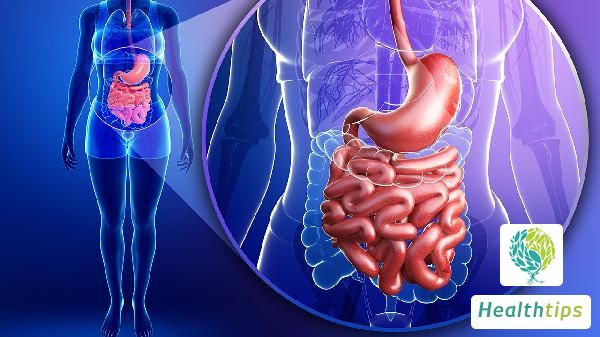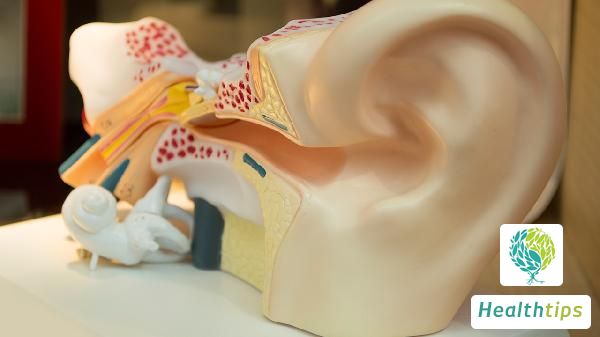"Why Does a Person with Cirrhosis Develop an Enlarged Abdomen?"
Management of Ascites in Cirrhosis Patients

In patients with cirrhosis who develop ascites, leading to symptoms such as abdominal distension and pain, the condition is often attributed to portal hypertension and hypoproteinemia. It is recommended to seek medical attention promptly for a comprehensive examination and receive targeted treatment under the guidance of a physician.
1. Portal Hypertension
Due to severe liver dysfunction, portal pressure increases, leading to complications such as esophageal and gastric variceal bleeding. This can trigger massive upper gastrointestinal bleeding, potentially resulting in acute hemorrhagic shock and peripheral circulatory failure, ultimately causing a drop in blood pressure or even death. Therefore, proactive measures must be taken to control disease progression, such as administering medications like octreotide acetate injection and propranolol hydrochloride as prescribed by a doctor.
2. Hypoproteinemia
Insufficient protein intake or excessive consumption can induce hypoproteinemia, reducing colloid osmotic pressure and causing tissue edema and ascites. Accompanying symptoms may include fatigue, lethargy, and anorexia. High-calorie foods like egg custard or milk can be appropriately supplemented. Additionally, medications like compound amino acid capsules and human serum albumin solution can be taken orally to improve malnutrition. In severe cases, fresh frozen plasma transfusions may be necessary to alleviate symptoms.
3. Other Causes
Apart from the aforementioned factors, ascites in cirrhosis patients may also be associated with spontaneous bacterial peritonitis, hepatorenal syndrome, among others. Treatment should be tailored to the specific underlying cause. For those with cirrhosis, maintaining healthy lifestyle and dietary habits, avoiding spicy and irritant foods, is crucial to prevent exacerbating the condition. In case of significant discomfort, prompt medical attention and formal treatment are essential.



















